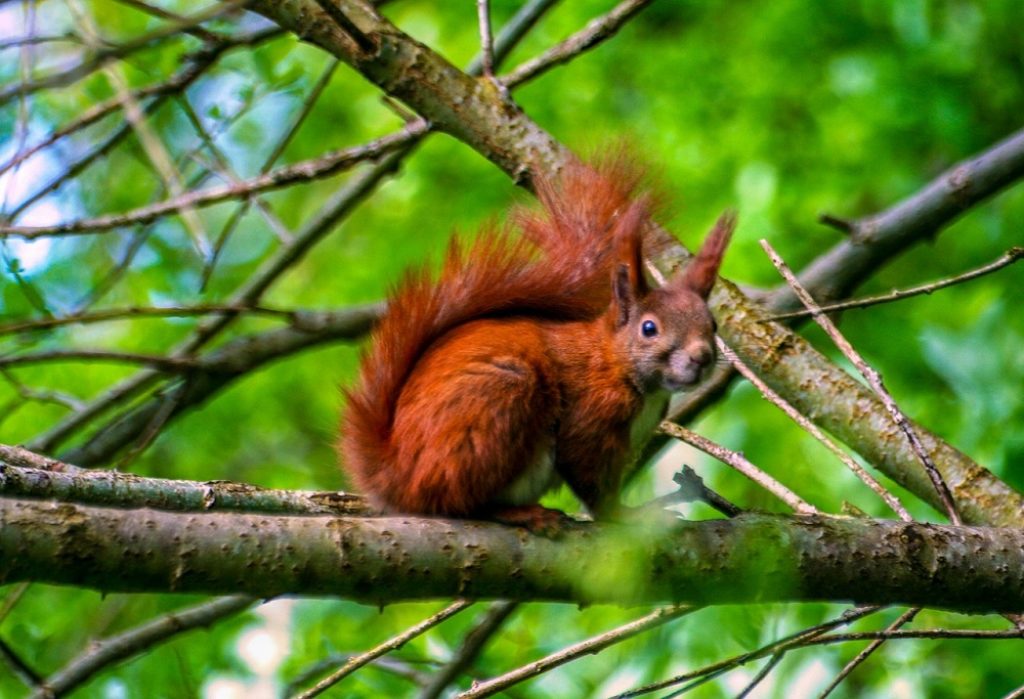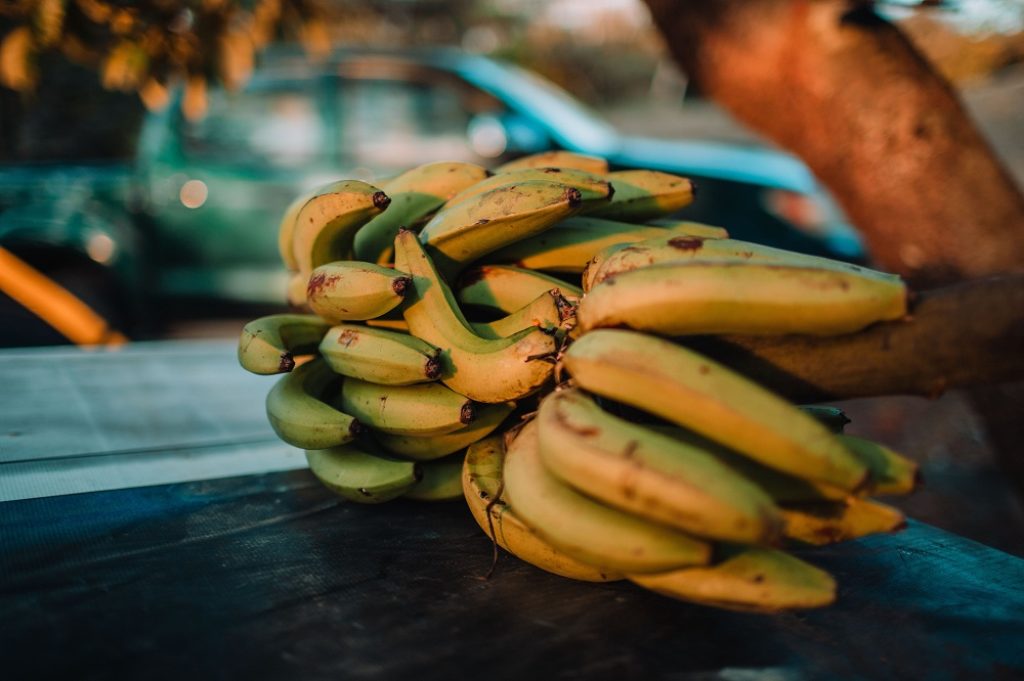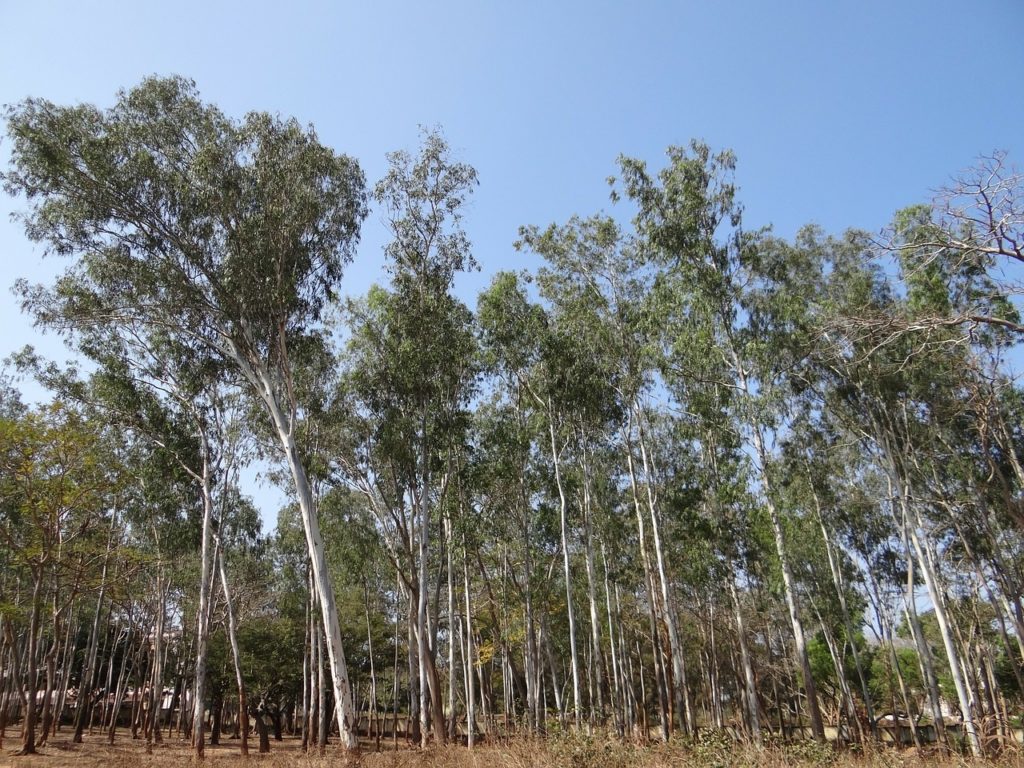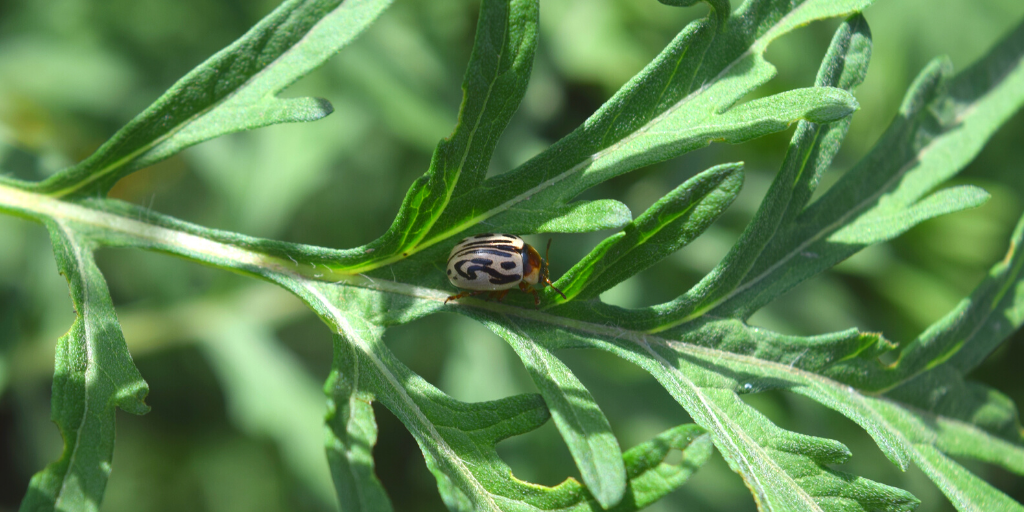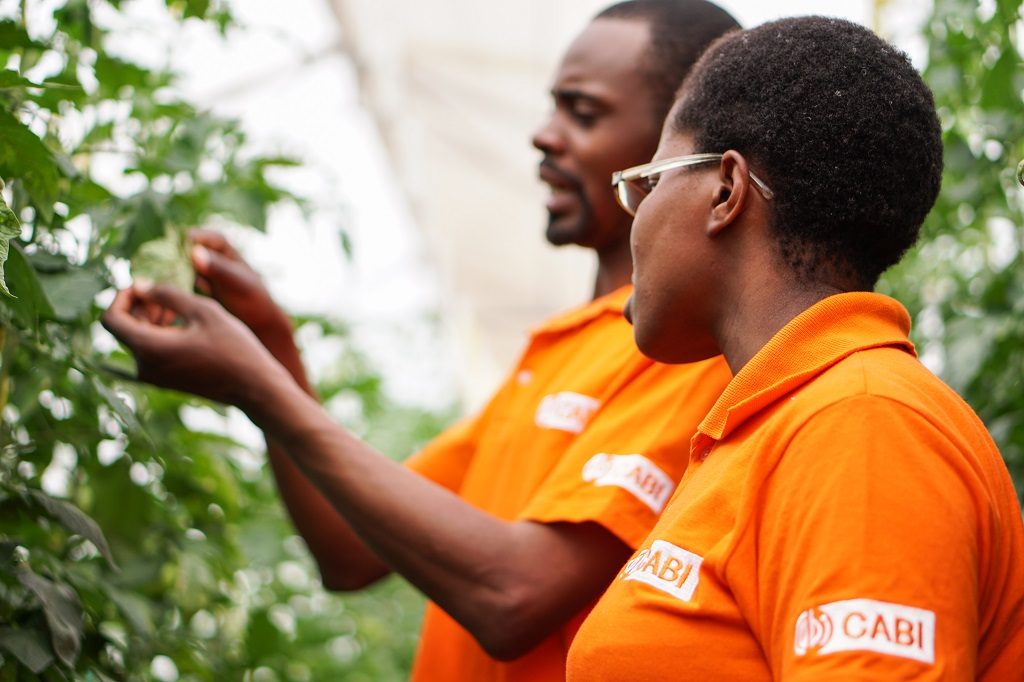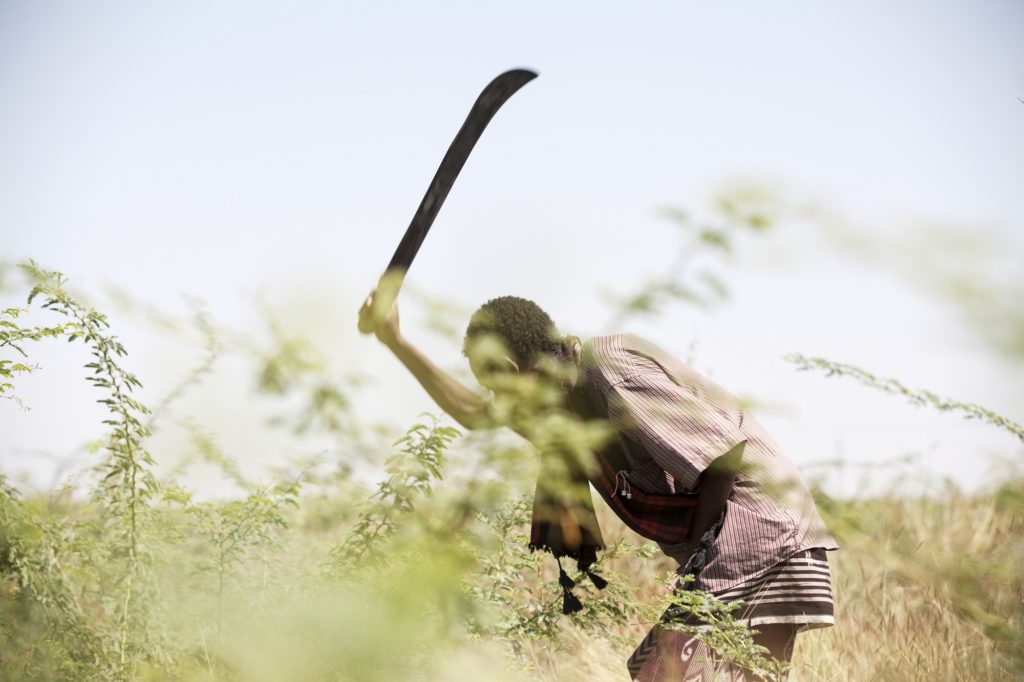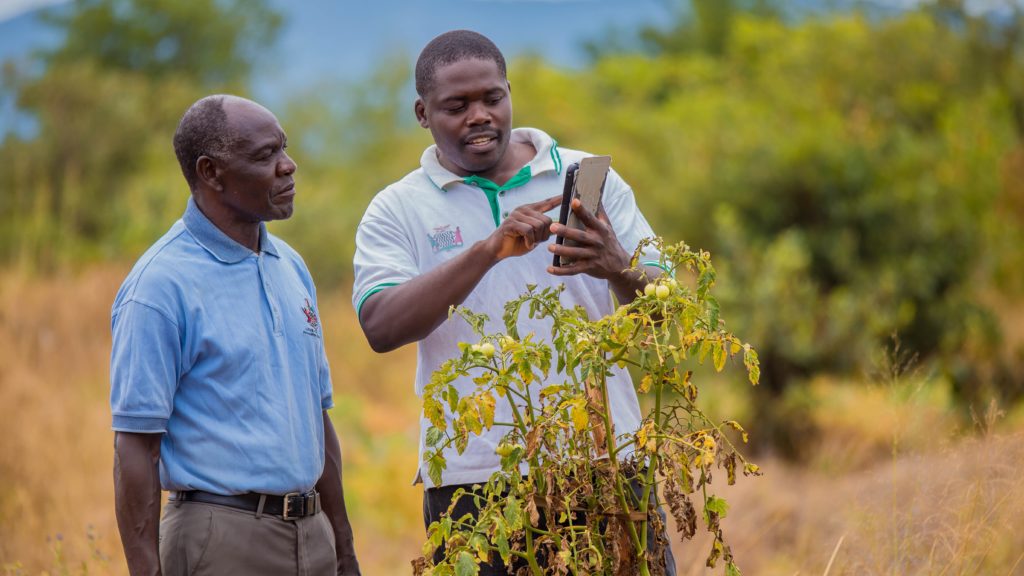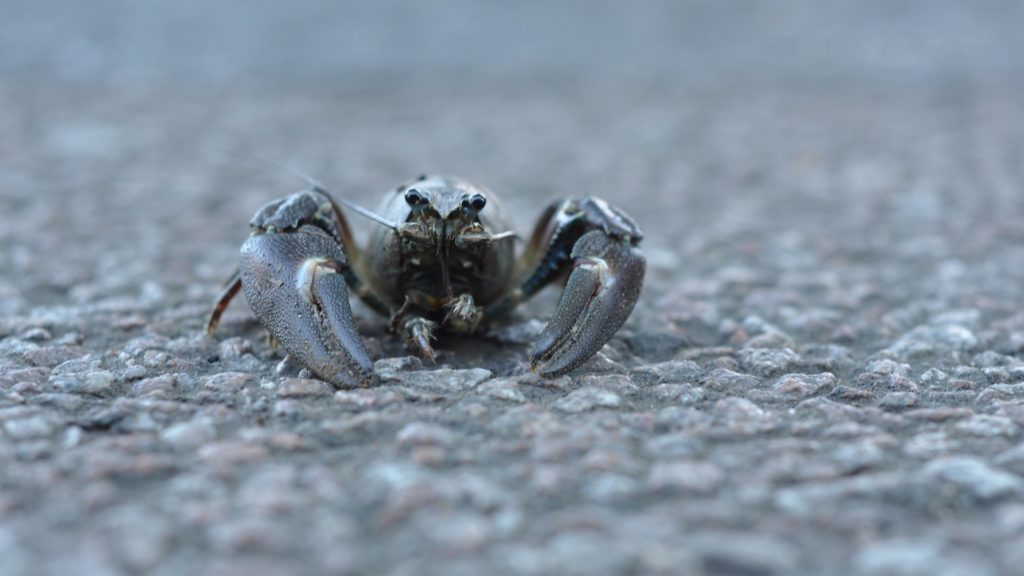Red and grey squirrel genomes could hold the key to the survival of reds in Britain and Ireland
New hope for the preservation of red squirrels in Britain and Ireland is on the horizon, after the completion of the red and grey squirrel reference genomes by scientists at the Wellcome Sanger Institute and their collaborators. The genomes may hold clues to why grey squirrels are immune to squirrel pox, a disease that is…
Redistribution of Zygogramma bicolorata to control Parthenium in Faisalabad
Parthenium weed (Parthenium hysterophorus) is a serious problem in wastelands throughout Pakistan and so far, no single method alone has proven effective in its management. Among the various causes of its rapid spread in Pakistan, lack of natural enemies or presence of a natural enemy in a specific part of the country is perhaps the…
New study: current resource use in areas of increasing prosopis cover is unsustainable
By Dr Urs Schaffner, Head Ecosystems Management In a newly-published paper in the journal Ecosystems Services: ‘The impact of invasive species on social-ecological systems: Relating supply and use of selected provisioning ecosystem services’, CABI scientists joined an international team of researchers who, in respect of the invasive weed prosopis, conducted the first study that integrates…
Invasives Most Read 2019
As 2019 draws to a close, we have crunched the numbers and pulled together the year’s most read articles. Plus some firm favourites. Fall armyworm continues to be a popular topic for our readers and this year, blogs on biocontrol efforts to control the invasive caterpillar make the top 20. CABI’s Pest Risk Analysis tool…
Invading Europe’s waterways: the crayfish occupation
Crayfish are freshwater crustaceans that can be found in a range of freshwater habitats, from fast-flowing rivers to swamps and ditches. Even in places where they are abundant, they are secretive and not commonly seen, so the ongoing widespread invasion by non-native crayfish species is unknown to many.

